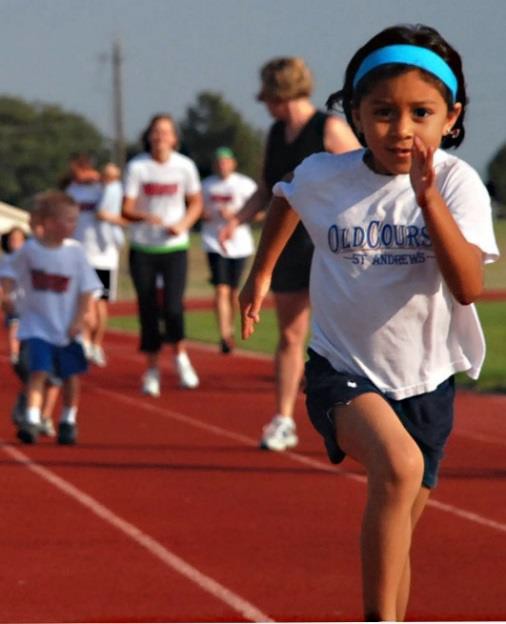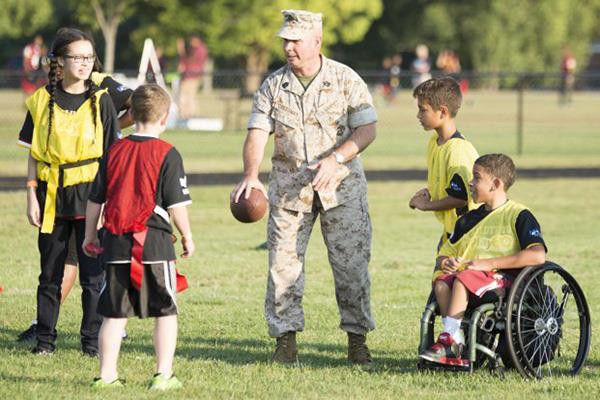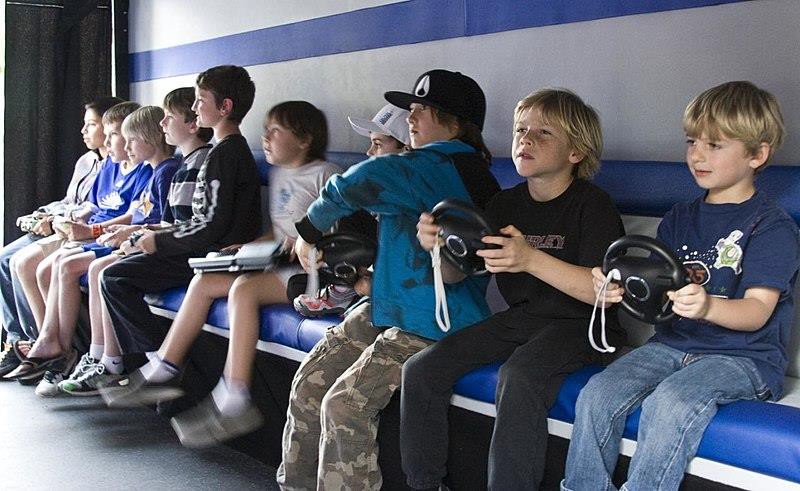81 Exercise, Physical Fitness, and Sports
Recess and Physical Education: Recess is a time for free play and Physical Education (PE) is a structured program that teaches skills, rules, and games. They’re a big part of physical fitness for school age children. For many children, PE and recess are the key component in introducing children to sports. After years of schools cutting back on recess and PE programs, there has been a turn around, prompted by concerns over childhood obesity and the related health issues. Despite these changes, currently only the state of Oregon and the District of Columbia meet PE guidelines of a minimum of 150 minutes per week of physical activity in elementary school and 225 minutes in middle school (SPARC, 2016).

Video reviews importance of physical activity and types of physical activities.
Organized Sports: Pros and Cons
Middle childhood seems to be a great time to introduce children to organized sports, and in fact, many parents do. Nearly 3 million children play soccer in the United States (United States Youth Soccer, 2012). This activity promises to help children build social skills, improve athletically and learn a sense of competition. However, the emphasis on competition and athletic skill can be counterproductive and lead children to grow tired of the game and want to quit. In many respects, it appears that children’s activities are no longer children’s activities once adults become involved and approach the games as adults rather than children. The U. S. Soccer Federation recently advised coaches to reduce the amount of drilling engaged in during practice and to allow children to play more freely and to choose their own positions. The hope is that this will build on their love of the game and foster their natural talents.
Sports are important for children. Children’s participation in sports has been linked to:
- Higher levels of satisfaction with family and overall quality of life in children
- Improved physical and emotional development
- Better academic performance
Yet, a study on children’s sports in the United States (Sabo & Veliz, 2008) has found that gender, poverty, location, ethnicity, and disability can limit opportunities to engage in sports. Girls were more likely to have never participated in any type of sport.
This study also found that fathers may not be providing their daughters as much support as they do their sons. While boys rated their fathers as their biggest mentor who taught them the most about sports, girls rated coaches and physical education teachers as their key mentors.
Sabo and Veliz also found that children in suburban neighborhoods had a much higher participation in sports than boys and girls living in rural or urban centers. In addition, Caucasian girls and boys participated in organized sports at higher rates than minority children. With a renewed focus, males and females can benefit from all sports and physical activity.

Building on the topic of “Organized Sports: Pros and Cons,” this video reviews how specializing in one sport can have a negative impact on physical development .
Building on the topic of “Organized Sports: Pros and Cons,” this video reviews the importance of gauging children’s interest in sports as well as the benefits of organized sports.
Building on the topic of “Organized Sports: Pros and Cons,” this video reviews potential risks of youth sports.
Building on the topic of “Organized Sports: Pros and Cons,” this video reviews benefits of organized sports.
Welcome to the World of E-Sports
The recent Sport Policy and Research Collaborative (2016) report on the “State of Play” in the United States highlights a disturbing trend. One in four children between the ages of 5 and 16 rate playing computer games with their friends as a form of exercise. In addition, e-sports, which as SPARC writes is about as much a sport as poker, involves children watching other children play video games. Over half of males, and about 20% of females, aged 12-19, say they are fans of e-sports. Play is an important part of childhood and physical activity has been proven to help children develop and grow. Adults and caregivers should look at what children are doing within their day to prioritize the activities that should be focused on.[1]

- Lifespan Development: A Psychological Perspective by Martha Lally and Suzanne Valentine-French is licensed under CC BY-NC-SA 3.0 (modified by Dawn Rymond) ↵

